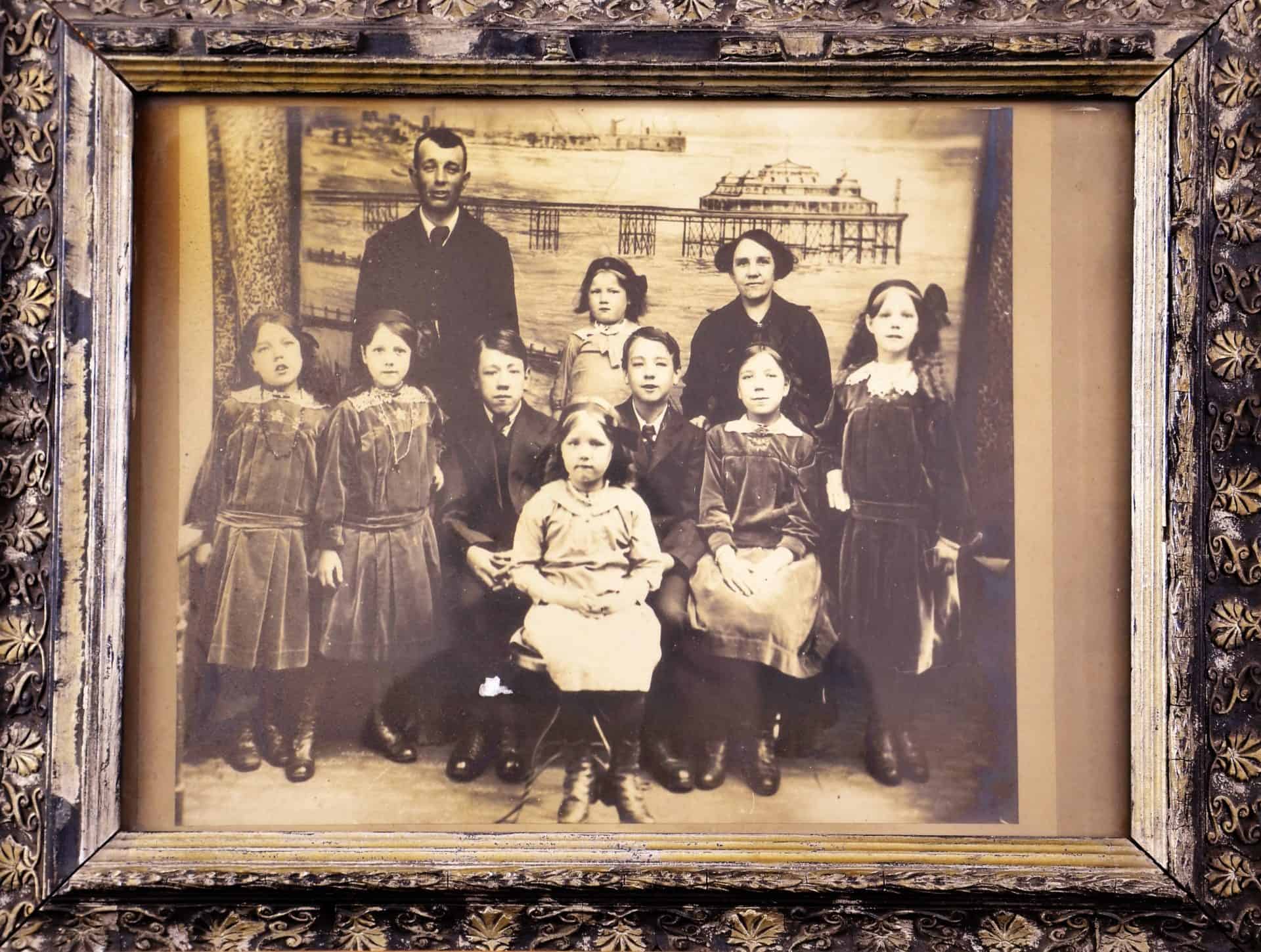Seaside holidays 7: concertina
It’s a Victorian camera.
Photography was developed in the 19th century, mainly in France. At first it was very experimental, but in 1839 the French artist and chemist Louis Daguerre publicly announced the Daguerrotype process. This made it possible for other people take and publish photographs.
Several photographers opened studios in the Folkestone district. Many other photographers visited to capture images of this fashionable resort of Folkestone.
In 1852 the Kentish Gazette reported that W Cooke would ‘come to Folkestone on Saturdays to take coloured Daguerreotype portraits.’ These were monotone photographs coloured in by hand to make them look like colour photographs.
William Venables opened one of the first photographic studios in Sandgate Road. Other important local photographers included Walter Blackall, and the brothers Jasper and Lambert Weston. They all left valuable photographic records of the town.
At that time, photographs had to be taken using cumbersome equipment like the plate camera above, which was heavy to move around. These were called plate cameras because the images were recorded on large rectangular glass plates. The images on these plates were developed using dangerous chemicals. So taking photos back then was not easy.
The photos from that time provide a fascinating window into life in the Victorian town.
As photographic technology improved, cameras became smaller and easier to use. Here are some examples from the Museum collections:
This is a photo of the Dutton family who came on holiday to Folkestone in the summer of 1914, just before the outbreak of the First World War.
They are standing in front of a painted backdrop. What is in it?
How many children are pictured?
What are they wearing?
What things are different about this photo, compared to holiday photos we take today?



